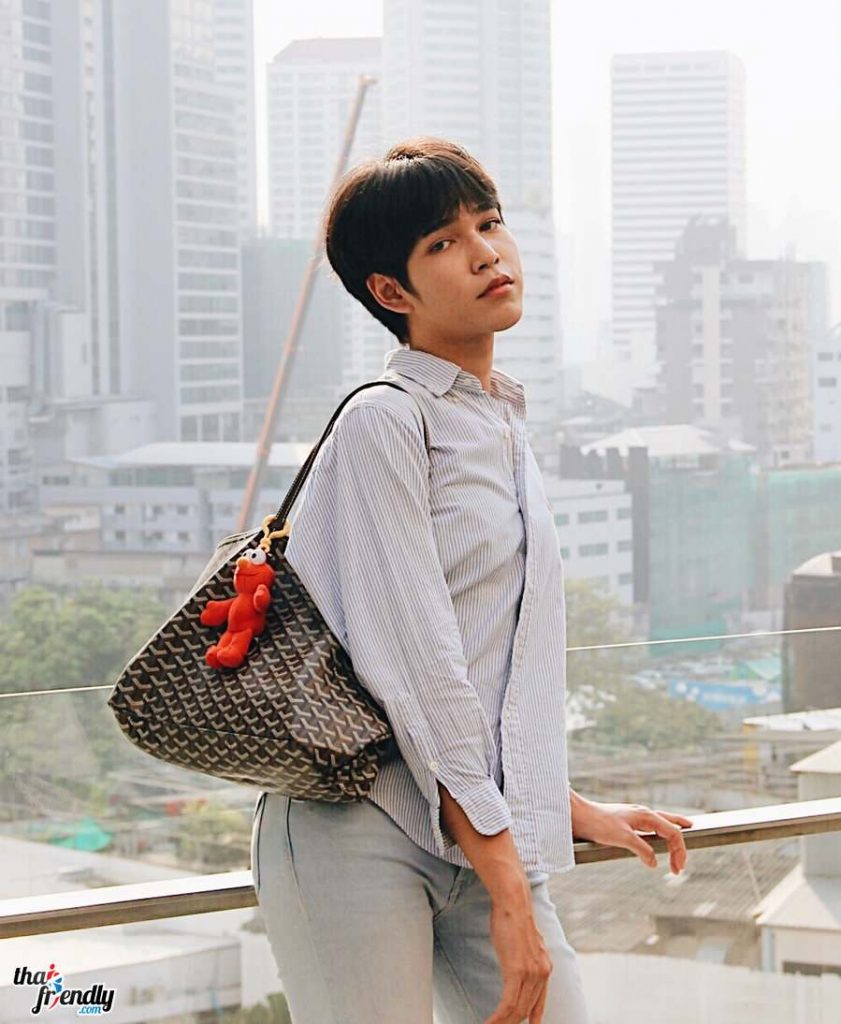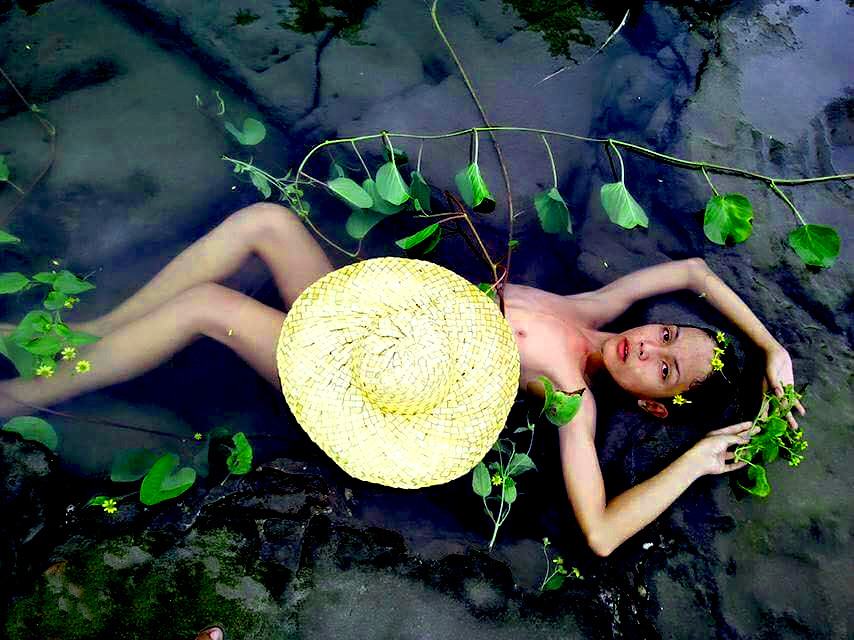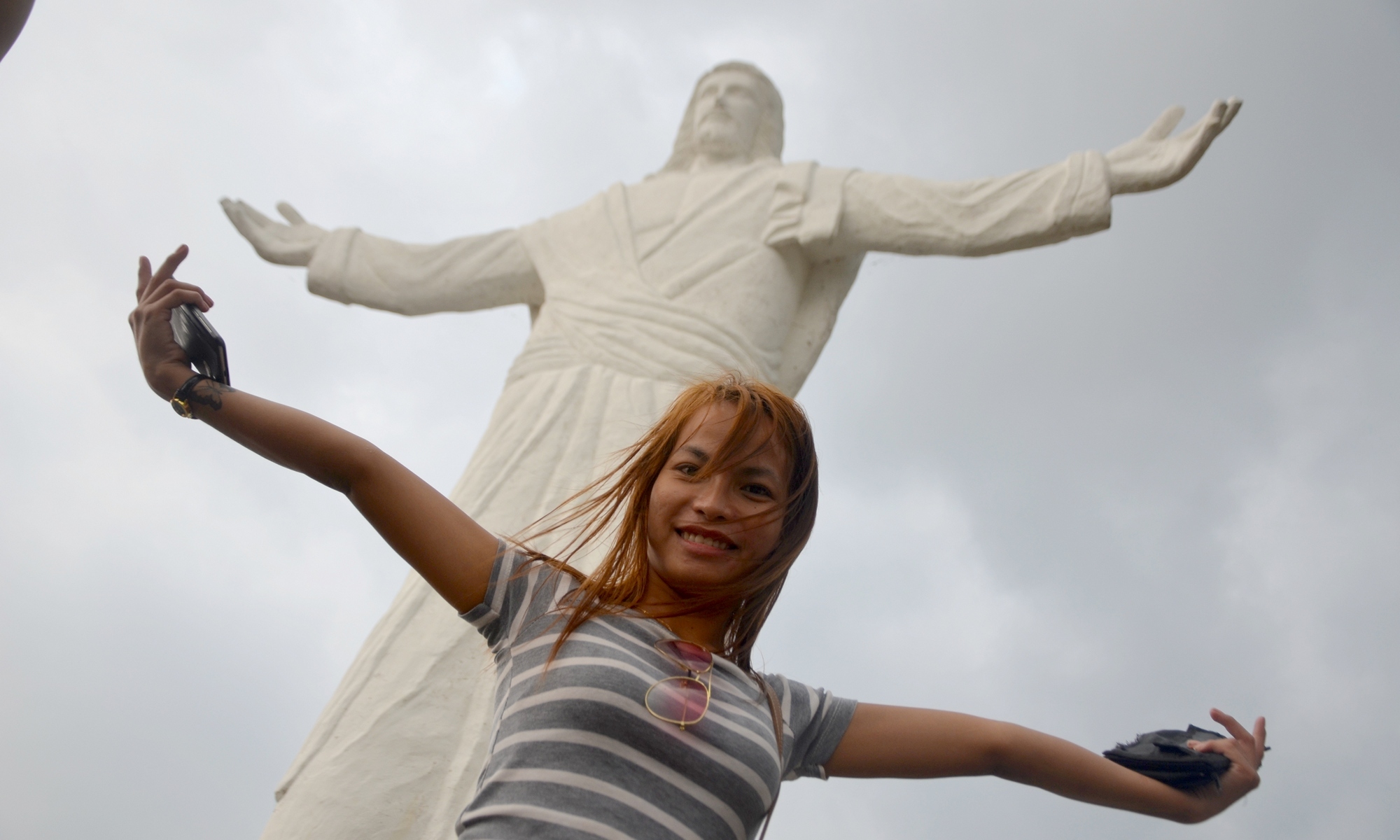Originally posted 2023-04-14 18:48:17.
A recurring problem in researching homosexual ladyboys and transvestites in south-east Asia, indeed across Asia, is in understanding the effect of culture. It is quite clear the US-based researchers make little or no allowance for this, even though Blanchard has mentioned the importance of culture.
First we must recognise that the USA is the ‘outlier of an outlier’ and to try to extrapolate findings from there to the rest of the world is an exercise in sheer futility. Humility is not something often found amongst USicans, but in this case the absence is embarrassing.
So let’s describe how things actually are in southeast Asia. This description will be valid, with minor variations, across the region.
Firstly, ‘gay’ does not mean what it means in the West. It specifically refers to an unmasculine or effeminate male and note: not necessarily a homosexual one. ‘Gay’ in this context is equivalent to bakla, beki, bading, bayot, waria, kathoey and over a hundred others, usually translated as ‘ladyboy’. This literally means ‘having the body of a boy but the spirit of a lady’ and this understanding is consistent. It does not specifically refer to transwomen, though this error is frequently made. An almost completely conventional-looking male can also be a ladyboy.
Because Westerners are so cavalier with language, they appear to think that ‘gay’ and ‘homosexual’ are synonyms. They’re not. ‘Gay’ is a lifestyle which contains a number of personality types, which may differ by appearance, orientation, sexual practice and so on. ‘Homosexual’ is a specific example of one of these. So homosexual and ‘gay’ are not congruent, rather, homosexual is a subset of ‘gay’ (or ‘ladyboy’). Again, all homosexuals are ladyboys, irrespective of their appearance; but not all ladyboys are homosexuals.

Locally, ladyboys appear in two main forms, ‘shorthair’ and ‘longhair’. Shorthairs, as you might guess, tend to wear floppy hairdos, still recognisably bakla but which can be concealed easily. Their dress code depends on the social situation. At work, they might wear a shirt and slacks while at night they would probably wear something more feminine. Longhairs wear feminine clothing all the time. Both classes will be taking hormones as long as they can afford them.

Universally, however, all gays, ladyboys etc have a quality which is described in the Philippines as ‘having green blood’. A male with green blood can never be a man. Green blood is acquired through sexual contact with other males but also through dreaming about them, or, importantly, being fascinated with one’s own femininity, again either in fantasy or by wearing feminine clothing and accessories. It may also e acquired by being ‘girly’, small, artistically talented and so on.
There is no difference between a longhair and a shorthair, other than appearance. Both have ‘green blood’, that is, in Tagalog, berding dugo. Indeed they might jokingly greet each other saying ‘Berde ba ang dugo mo, ate?’ (Is the blood in your veins green, sister?) This insight is relevant in the West, too: there is no difference between a feminine homosexual boy and a homosexual transsexual, other than the way they appear. The first hides her feminine nature, the second immerses herself in it. However, all genuine homosexuals are potentially transsexual, so a change in circumstances, in the West as elsewhere, may lead to completion. That is because the state of being a quasi-masculine homosexual is unstable and the only resolution is to bring sexuality and gender fully into alignment — that is, to complete.
Finally, here, note that this discussion applies mainly to males from the social classes C1,C2, D and E, from the Approximated Social Grade Scale, with its six categories A, B, C1, C2, D and E. This is a useful socio-economic classification produced by the UK Office for National Statistics (ONS). The prevalence appears to be weighted too, with more visible ladyboys (either long or short hair) in the D and E groups and fewer in C1. Again this is not hard and fast but does generally apply; the effect of this weighting may be changing as ladyboys become more accepted in management and professional careers.

Blanchard Types
The two main classifications of transwomen, homosexual and non-homosexual, described by Dr Blanchard do appear across southeast Asia, but there are marked differences from the Western model, caused by cultural variation. The most striking of these is that almost all ‘non-homosexual’ transwomen actually pursue men exclusively. Note also that both shorthairs and longhairs can be in either Blanchard class.
Why would that be?
In the first place, these are all very conservative cultures. In fact, being transsexual or transvestite is in a sense a conservative statement. In all these cultures, the virginity of young girls is strongly protected and in some, breaching this rule could result in the death of both parties. Fortunately this is rare, but in the Philippines, for example, unmarried girls, especially those from good families, are simply not available for sex. I know that visitors to the red-light zones might raise an eyebrow at this but a little investigation will quickly reveal that almost all the women in sex work are actually single mothers who, because of a careless slip (and probably alcohol) fell pregnant as a teenager and thereafter were unable to find a husband. They are literally ‘fallen women’.
Michael Tan put it like this:
The male libido (libog) is considered to be strong and needs to be satisfied. It is considered acceptable for a ‘real man’ to have sex with a bakla as long as he himself does not become bakla. This is especially the case for binata or unmarried males, who are not allowed access to their girlfriends because girlfriends have to be ‘respected’ and female virginity retained intact until marriage.
That raises issues: first, with whom are randy teenage boys going to have sex, if girls are unavailable and they are being encouraged, in order to join the male culture, to lose their virginities?

Male virginity has absolutely no value in these cultures. It is something to be lost, as quickly as possible — as far as the penis is concerned. But — and it is a colossal ‘but’ — a boy’s anal virginity is just as rigidly defended as girl’s and for men, even more so. What that means is that the various forms of situational homosexuality used in other cultures, through which boys learn about sex, are simply off limits. No playing with each other behind the bike shed, none of the nocturnal passions described by former boarding-school boys.
So what is a boy to do? Would it not be ideal if there were a person whose virginity was not protected and who was willing (more) to be anally penetrated? It would be the solution to all the problems, wouldn’t it? Step forward, gays, ladyboys, whatever the local name is. These people’s function becomes to provide sex to men, in a culture where girls are off limits and boys’ arses are inviolable, because penetrating one would immediately change the colour of his blood from red to green. He will not encourage this, since it would disbar him from ever being a man; and coercion, while it happens, would risk the wrath of the victim’s clan.
It is very common in the Philippines for adolescent boys and young adults, who will later marry heterosexually and fully engage in maintaining families, to have sex…with baklas. These males…are not marked as homosexuals by society and do not experience themselves as such. The Filipino view that only the “feminine” partner in the sexual relationship is a homosexual reinforces the emphasis on the feminine loob as the core of bakla identity.
Masculine-appearing men, who are assumed to take the inserter sexual position, are also assumed to have a masculine loob; they are thus real men even as they have sexual relations with bakla. In spite of the fact that…male partners of the bakla acknowledge sexual satisfaction…from their bakla relationships, the masculine-appearing partner stoutly denies any deep affection or emotional impact in the relationship…only the feminine bakla is deeply emotionally affected.
Serena Nanda
Homosexual ladyboys and transvestites provide a Social Service
Ladyboys provide a social service that helps to protect female virginity and also the status of other boys, by enthusiastically providing their own anuses for sex. And be in no doubt about it, many ladyboys begin their careers around the age of ten to twelve. In these early years they are uniquely servicing local men and older boys. As one author put it, though perhaps shy at first, ‘soon, however, (the boy) does begin to get thrills from the sexual acts for these are the only sex available to him. His desires naturally adapt to the situation. ‘ Paradoxically, perhaps, when they reach around twenty, their pool of sexual partners diminishes rapidly, because the masculine men they desire are now seriously courting women to make families with. A known habit of dalliance with cute juvenile ladyboys would hamper that.
Two other factors apply. First, males of green blood are expected only to pursue male partners and not female ones. There are cultural taboos surrounding this and the strongest is this:
‘Like does not go with like; boys go with girls and girls go with boys.’ The corollary being ‘But it doesn’t really matter how the parties got to be as they are.’
So, a ladyboy, that is, a ‘boy-become-girl,’ can be with a man and that will largely be accepted, especially if she’s passingly feminine; similarly a lesbian, that being ‘girl-become-boy’, can date women. In fact this latter may be better accepted since no penis is present and there is no risk to the girl’s virginity.
Obviously a homosexual ladyboy is not going to be interested in women, but just as obviously, a non-homosexual ladyboy might be. If she has money, she might persuade a ‘fallen woman’ to partner her, but this is unlikely to be made public in either’s home area. In these cultures, young women and ladyboys share rooms all the time and all ladyboys have legions of female friends. That would immediately be called into question if the ladyboy made sexual advances towards these women.
One result of this is that while Autogynephilic ladyboys are theoretically attracted to women, in practice they rarely get the opportunity and anyway, they know that the potential cost might be too high. Quaintly perhaps, this can cause them to predate on homosexual ladyboys.
At the same time, most Autogynephilic ladyboys do learn to enjoy being penetrated anally and many make it their preferred avenue for sex.

The change of focus
An interesting consequence of all this is that the focus of Autogynephilic attraction is subtly changed. Autogynephilic ladyboys are not so much ‘attracted to themselves as women’ but ‘attracted to their own performance of femininity’. This is important. It remains an auto-erotic attraction but it is intensely focussed on the expression of femininity; and there is no doubt at all that many Autoynephilic ladyboys are very beautiful. As a result, an Autogynephilic ladyboy who loses her looks is likely to detransition — made easier by the fact that only a tiny number have Genital Reconstruction Surgery.
Given the above, asking ‘are you gay’ will produce a null response. Because they automatically translate ‘homosexual’ as ‘gay’, nix that too. But it gets even more complex. Because of the protection of girls’ virginity, almost no ladyboy will actually have had sex with one. Yes there are exceptions but they are few and far between. So asking ‘Have you ever had sexual relations with a woman?’ is a similar waste of time. And because of the social taboos, they won’t even admit to being attracted to women. At the same time, it is clear that Autogynephilic ladyboys are excited by male bodies, especially toned ones!
So how do we determine who is homosexual and whom a non-homosexual ladyboy? It is obvious that two cohorts exist, to anyone observing in Asia — but given the above, how do we triage them?
There are two main techniques.
The first is morphology. There are general, though not absolute rules that homosexuals will be: smaller, neotenous, lightly built, artistic, have feminine digit ratios and much else. Non-homosexuals will not cluster like this. They can be tall, heavy, bigger-boned and tend to be more studied in their performance of femininity.
The second is age of appearance. One presents around the age of four to five and the other from about sixteen up. This is not a scale of variation, they are two completely separate phenomena. One study specifically remarked on this dichotomy, which surprised the authors. They apparently did not realise that this difference in age of onset classified one group as conforming to the DSM Early/Childhood Onset Gender Dysphoria profile and the other to the Adolescent/Adult form. These are of course, consistent with homosexual and non-homosexual types respectively.
When I was in my sophomore year, something strange happened regarding my personality which I could not comprehend. It’s not just that my voice changed, new hair started to grow, and inevitable pimples began to appear. I loved to mingle with my girl classmates, rather than the boys. I loved to be with them most of the time…it was the very beginning of my transition period regarding my gender identity.
Gabrielle Diolata Payla
Batang baklas again
In the Philippines these two groups are often called ‘batang baklas’ or ‘batang bekis’ and ‘late bloomers’, although there are other terms, because the nation has many languages. Batang bakla means, roughly ‘baby ladyboy’. I have not encountered a local term for ‘late bloomer’. Batang baklas are clearly evident in the streets, barangays and the informal ‘baby gay’ beauty pageants, while late bloomers tend to dominate the adult versions.
Confirming a diagnosis of batang bakla, when the individual is adult, can be difficult but the most reliable way is to speak to the individual’s close relatives, their siblings and mothers, who will remember how they were in childhood. If photographs are available they will usually provide convincing evidence.




